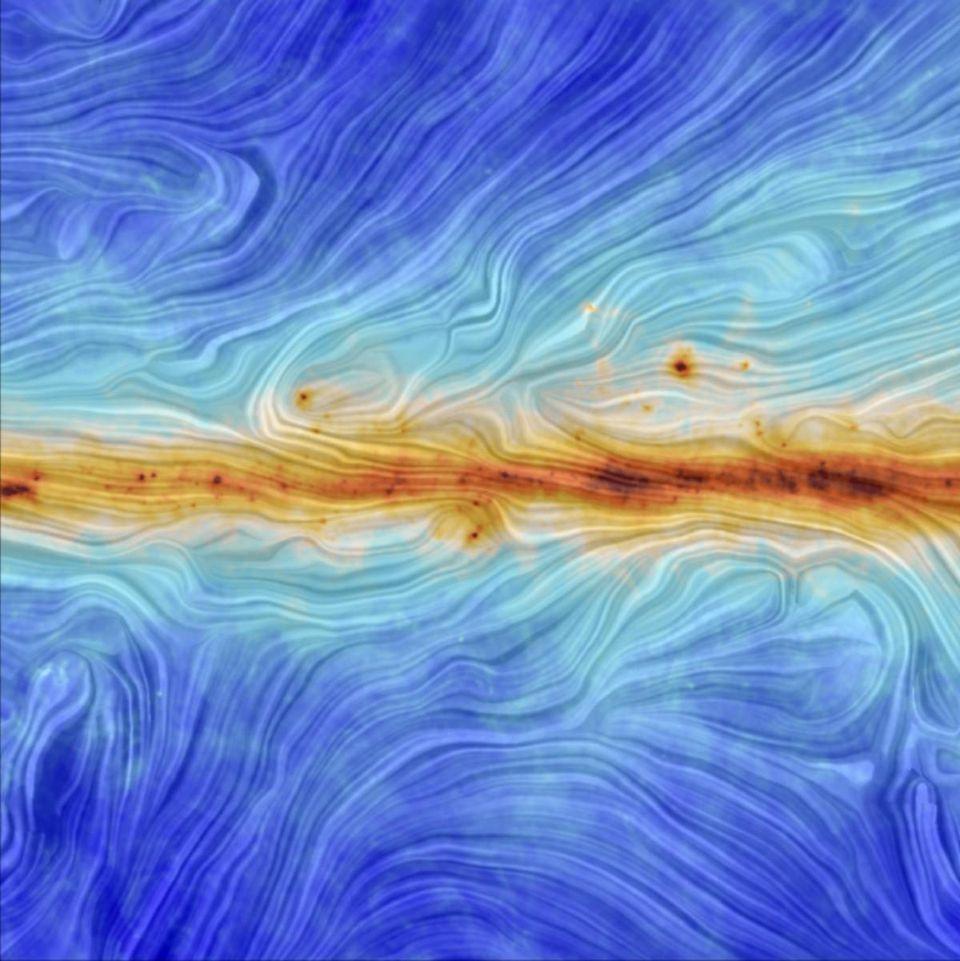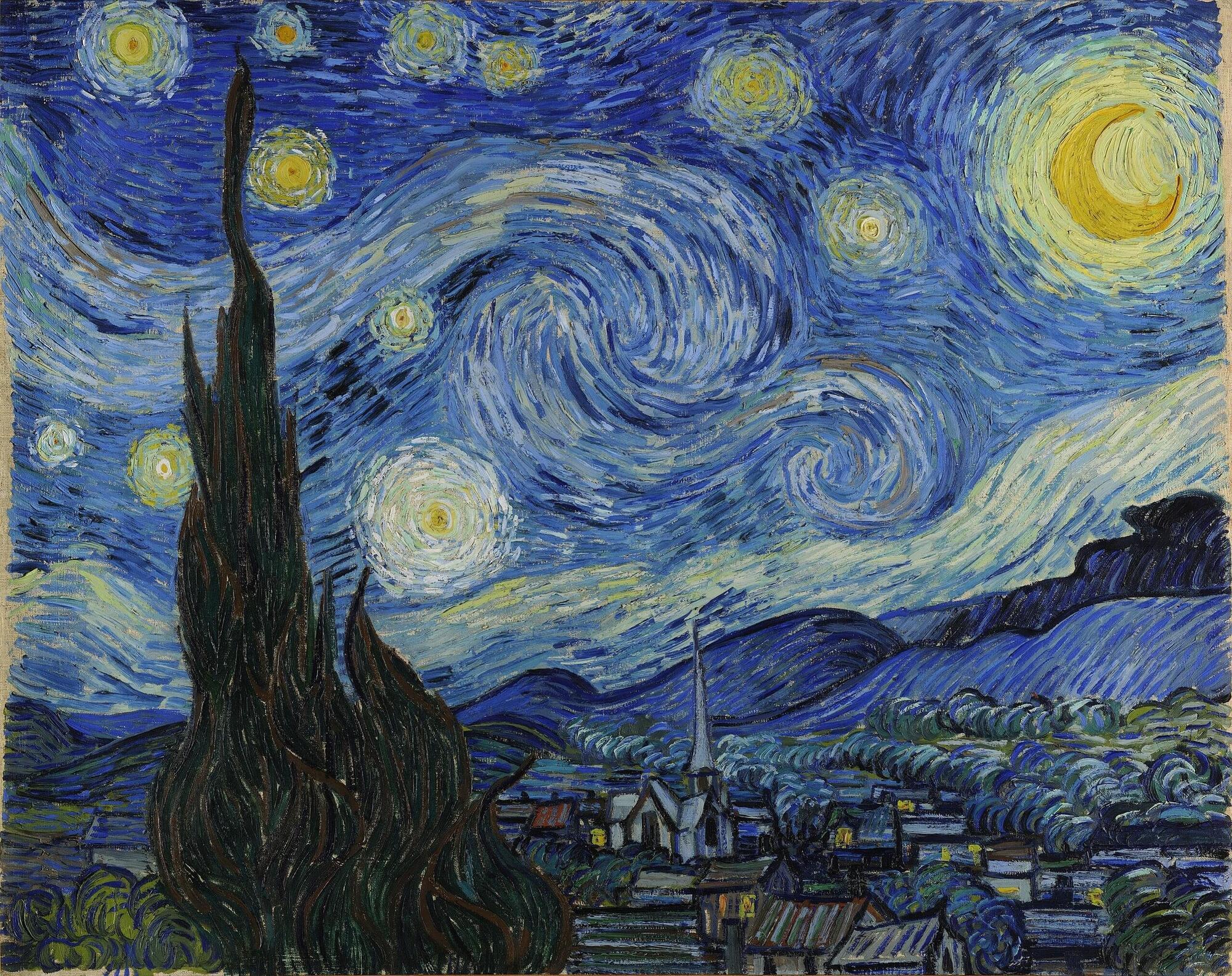The city council voted to become part of the Central Texas Space Development Corporation.
Category: space – Page 39



Unlocking the secrets of our galaxy’s heart using magnetic fields
Deep in the heart of our galaxy lies one of the most chaotic and mysterious regions in space. Now, scientists have created the first detailed map of magnetic fields in this turbulent zone, providing crucial insights into how stars form and evolve in extreme environments.
The research, led by University of Chicago Ph.D. student Roy Zhao, focused on a region called Sagittarius C, located in the c near the center of the Milky Way. This area serves as what researchers call an astrophysical “Rosetta Stone,” an area key to understanding the complex interactions between dense gas clouds, star formation, and powerful magnetic fields that shape our galaxy.
The team used NASA’s now retired flying telescope SOFIA to study infrared light emitted by tiny dust grains scattered throughout the region. These microscopic particles act like compasses, aligning themselves with magnetic field lines and by analyzing the polarized light they emit, it’s possible to map the invisible magnetic fields for the first time.

Quantum Computing
What if scientists could use the peculiar world of quantum mechanics to design solutions once thought impossible — changing how we build, heal, and communicate?
At Lawrence Livermore National Laboratory, researchers are developing quantum systems that could help us do just that. These machines think differently, tapping into the strange rules of quantum mechanics to simulate atomic interactions, unlock new materials, and reveal hidden patterns in nature. In this episode, we’ll explore how quantum computers work, why they need to be colder than deep space, and what it will take to bring their full potential to life.
(This is an Apple Podcast)
Podcast Episode · Big Ideas Lab · 06/03/2025 · 21m.

Quantum ‘Starry Night’: Physicists capture elusive instability and exotic vortices
Van Gogh’s “The Starry Night” has stirred the souls of art lovers for over a century. Now, its swirling skies may also speak to physicists, as it echoes the patterns of quantum turbulence.
Physicists at Osaka Metropolitan University and the Korea Advanced Institute of Science and Technology have for the first time successfully observed the quantum Kelvin–Helmholtz instability (KHI)—a phenomenon predicted decades ago but never before seen in quantum fluids. The instability produces exotic vortex patterns known as eccentric fractional skyrmions, whose crescent-shaped structures bear a resemblance to the moon in Van Gogh’s masterpiece.
KHI is a classic phenomenon in fluid dynamics, where waves and vortices form at the boundary between two fluids moving at different speeds—as seen in wind-whipped ocean waves, swirling clouds, or Van Gogh’s skies.
A comet going 130,000 mph is visiting our solar system from another star. The Hubble telescope just took its picture
Discovered last month by a telescope in Chile, the comet known as 3I-Atlas is only the third known interstellar object to pass our way.
Interstellar object Comet 3I/ATLAS: New image and more
On August 7, 2025, NASA shared a new image of Comet 3I/ATLAS and an updated estimate of its size. 3I/ATLAS, the 3rd-known interstellar object, was originally estimated to have a diameter of 20 km (12 miles). But with data from the Vera C. Rubin Observatory, astronomers re-estimated the size to be around 10 km (6 miles). And now the Hubble data puts the size of 3I/ATLAS’s nucleus at a diameter of 5.6 km (3.5 miles). But it could be as small as 320 meters (1,050 feet) across.

